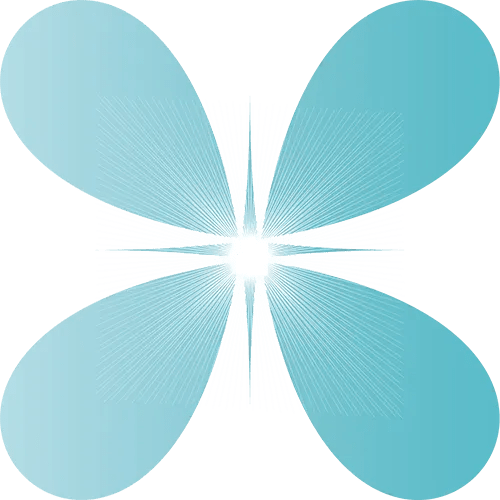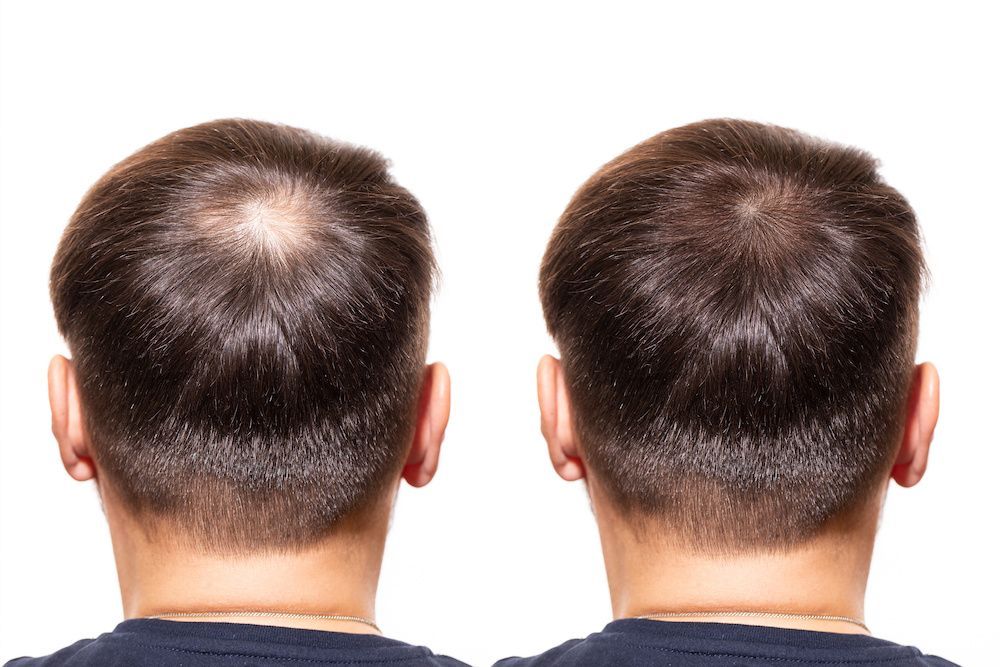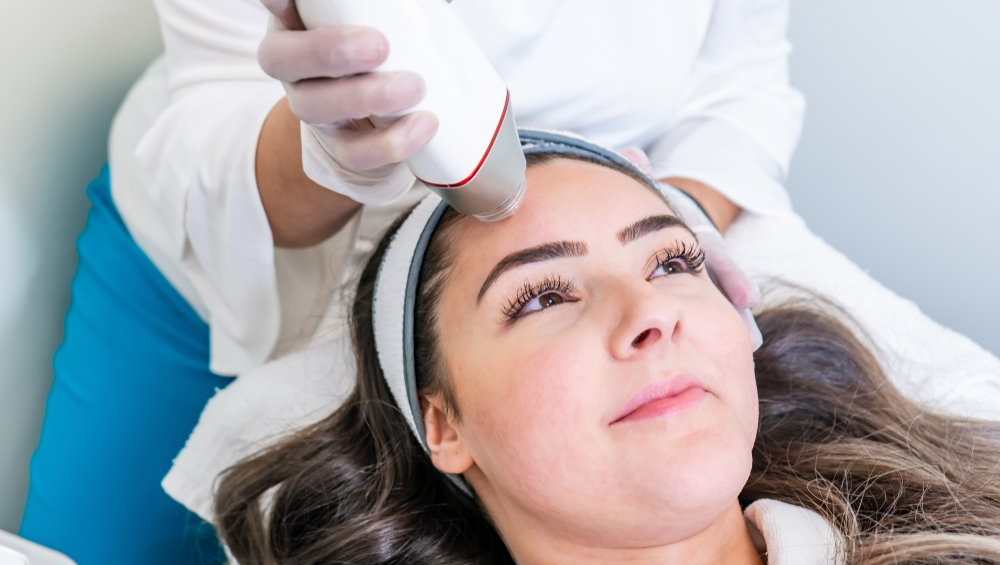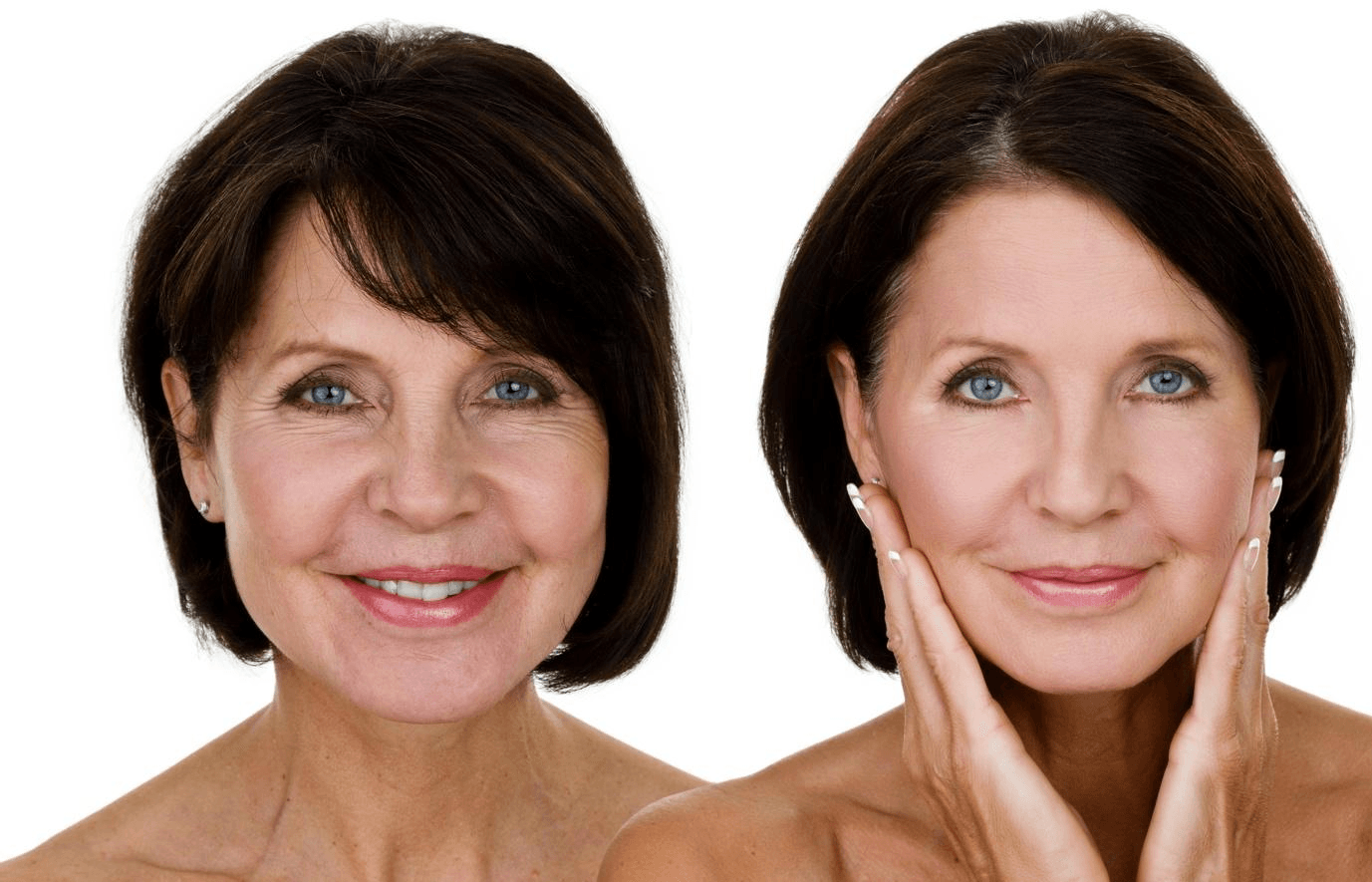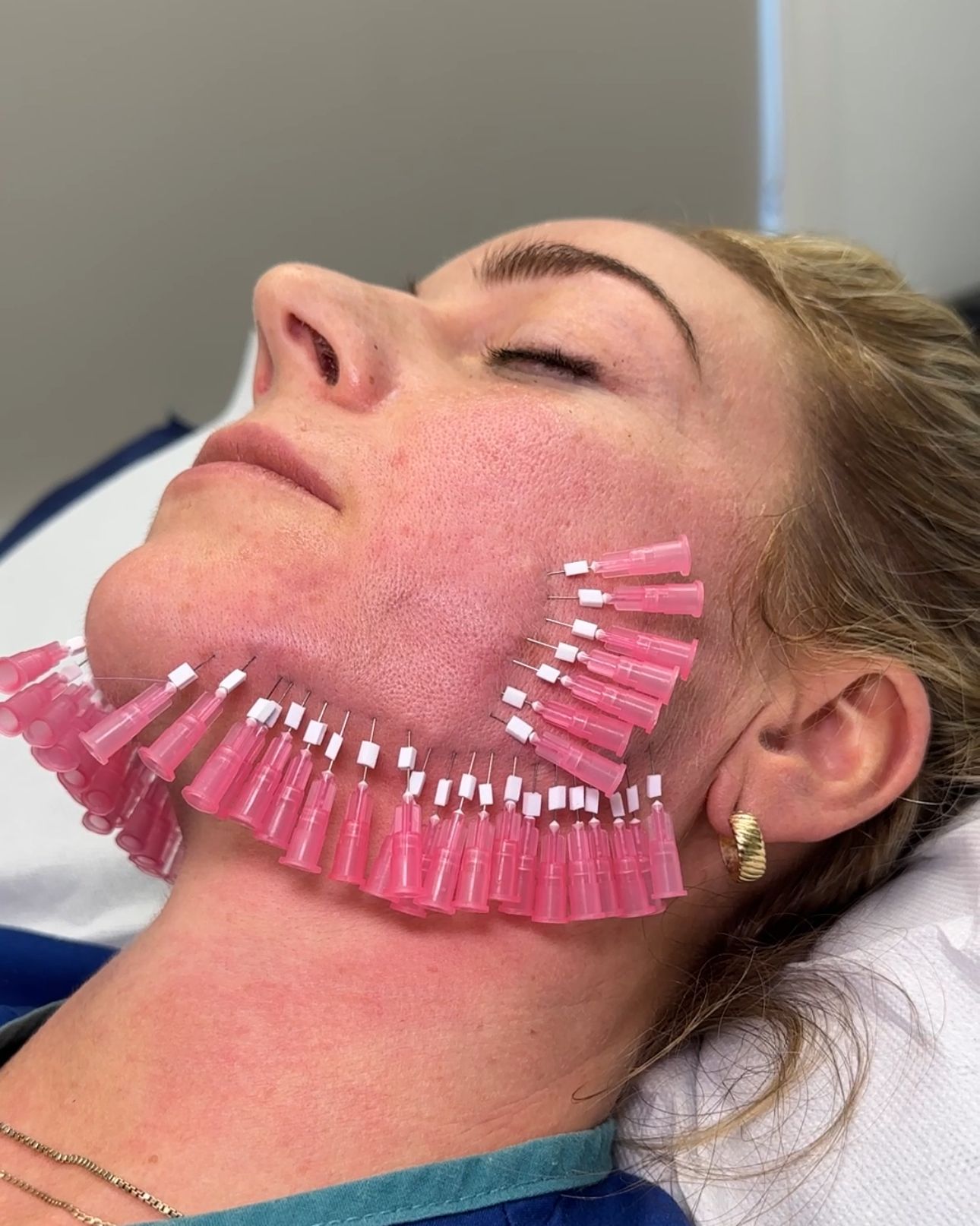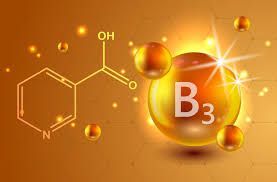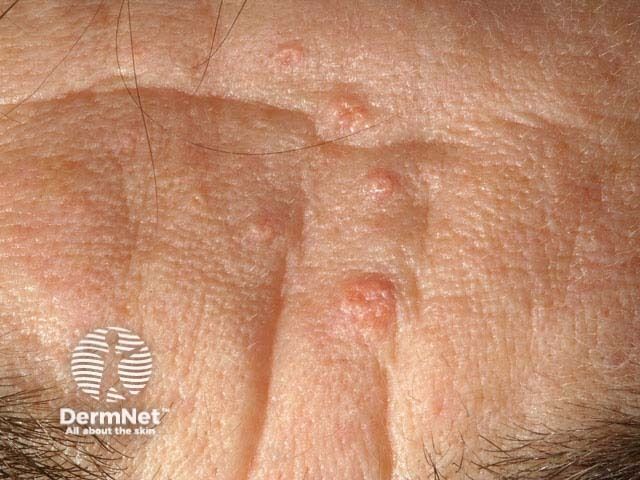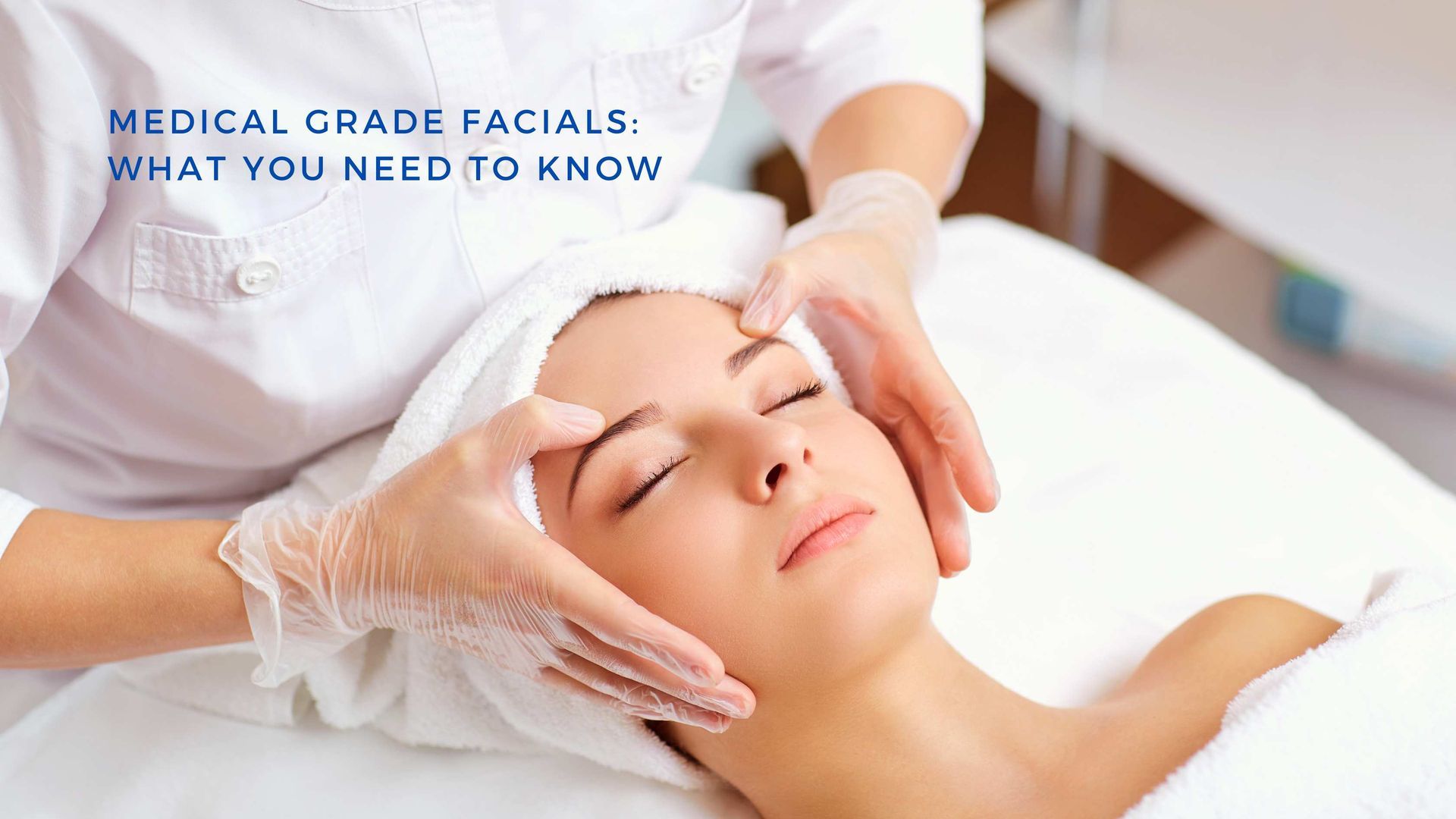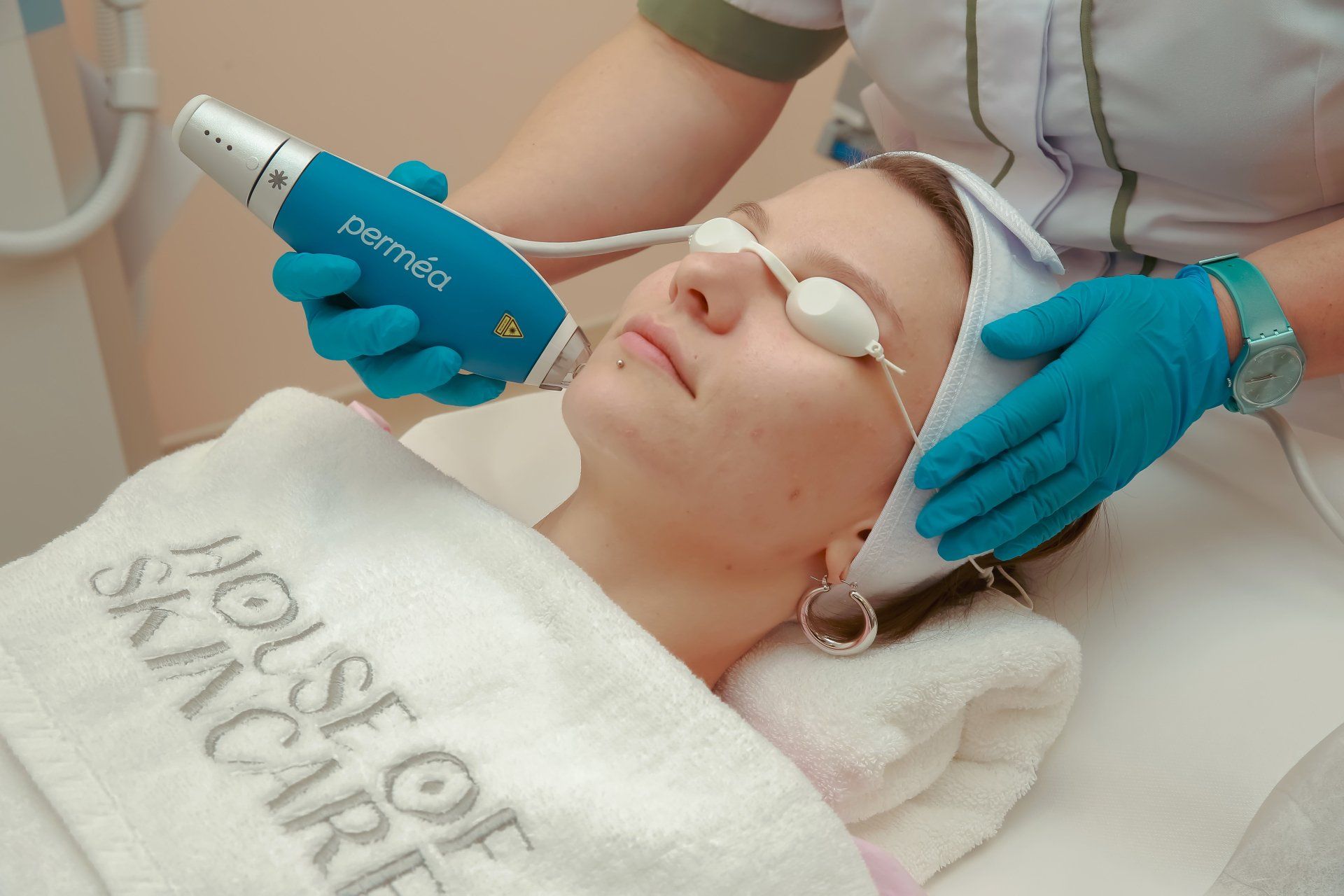Australia has the highest skin cancer rate in the world. Most importantly, anyone can get skin cancer. However, the risk of developing skin cancer can rise with age. Commonly people think that it is easier to spot skin cancer. However, the fact is that early signs will be very subtle. One of the best ways to avoid severe complications from skin cancer is its early diagnosis.
How to tell if a mole is cancerous?
If you have moles on your skin, then be aware because a mole can be cancerous as well. However, it is essential to determine whether a mole is cancerous or not to catch skin cancer at earlier stages.
Let's talk about the best ways to determine whether your mole is cancerous or not:
1. See the symmetry of your mole.
Check the symmetry of your mole. If it is asymmetrical, which means one side of your mole is a different form than the other, this can be an alarming sign of developing skin cancer. Could you pay attention to it?
2. Could you have a look at its border?
Does your mole have an uneven, blurry, and irregular border? If yes, then this mole can be cancerous.
3. Colour can also be a warning sign.
Even though the colour of your mole is not everything when it comes to identifying a cancerous mole, however, still paying attention to the colour of your mole is essential. Pay attention to the mole with an unusual colour or multiple colours is necessary.
4. Check the diameter of the mole.
If you have a mole whose diameter is getting bigger over time, it is a high time to contact your dermatologist for a proper diagnosis.
5. Is it changing in size or shape?
It is a vital fact that a cancerous mole can be of any size or shape. However, it can be a sure sign of skin cancer if the mole has increased in size and changes its shape more often.
6. The number of moles you have
Having more moles on your body is linked with higher risks of developing skin cancer. In that case, you need to be more alert.
7. Is it painful?
If you have itchy or painful moles that are not getting better within a week, then visiting a dermatologist is a must for you.
8. See the texture of the mole.
Reviewing the texture of your mole is essential as well to determine if it is cancerous. See if it looks scraped or scaly. Is your mole feel hard or elevated with a depression at its centre? Well, if the answer to all these questions is a yes, then be aware. It is because these may indicate skin cancer.
9. Does it bleed?
If you have a bleeding or weeping mole, you must visit your dermatologist for a detailed diagnosis. It is because this can be cancer.
10. An ugly duckling
It is another sign of skin cancer. Please have a look at a spot and compare it to the surrounding moles to recognize whether it is a melanoma mole. Sometimes the spots that aren't surrounded by any moles are also ugly ducklings.
These are some vital signs to identify a cancerous mole. If you find one or all of these signs, make sure to visit a dermatologist as soon as possible.
